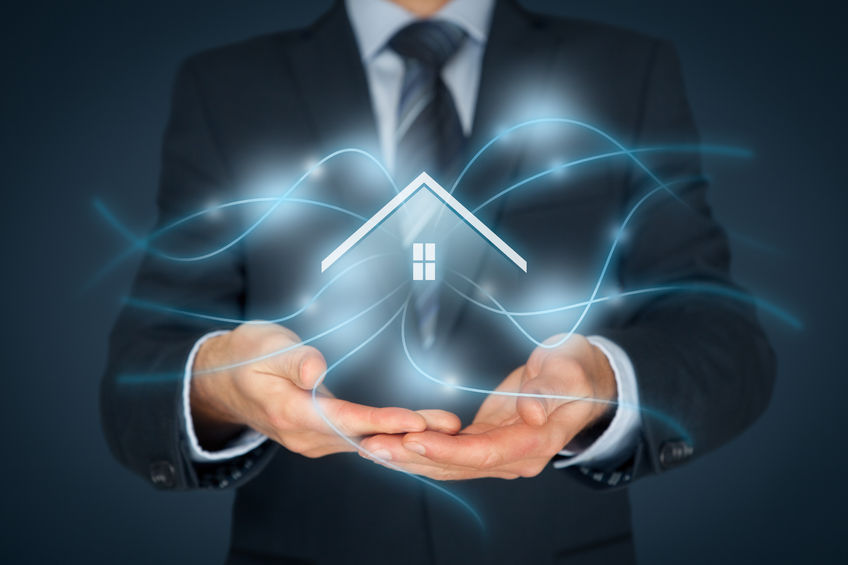Technology-enabled senior living buildings are moving a step beyond smart homes.
By Pam McDonald
For the last several years, the National Investment Center (NIC) has presented 12-minute NIC Talks at its Fall Conferences. Well-known senior housing and care leaders, as well as forward-thinking experts from outside the industry, are asked to answer the question: “What do you envision happening over the next 10 years that will revolutionize the aging experience of the first boomer turning 80 in 2026?”
Last month in Chicago Bob Hillis was one of the NIC Talkers. He is the founder, CEO, and President of Direct Supply, “the nation’s leading provider of equipment, e-commerce, and service solutions” to the senior living industry. He is credited with starting the first true virtual distributorship with no inventory and yet supplying over a million products to his customers.
Four Technological Megatrends
In his presentation, Bob postulates that the combination of four technological megatrends will allow senior living operators to use features of their buildings to provide caregiving functions, and thereby, will be able to expand care services without hiring additional staff.
Huh? Can this be true?
He says that technology-enabled senior living buildings are moving a step beyond smart homes. He says they’re coming “alive” and providing caregiving functions at a time when the industry is facing a caregiver shortage.
Bob cites 4 megatrends that will “give us really smart buildings”:
-
Mobile Ubiquity: By 2020 there will be 1.3 mobile devices for every person on the planet
-
Artificial Intelligence (AI) – and its explosion of use in products. Bob says, “In many respects, artificial intelligence is the biggest megatrend to hit the world since the advent of the computer”
-
Voice – According to Bob, even though there is a large population in the world that can’t read or write, they are part of the digital revolution and have a voice. They own mobile devices and can dictate their emails as well as have received emails read to them
-
The Internet of Things – He notes that currently this lets users turn their lights on with their mobile phones, but business uses of the internet of things is growing fast
Smart Chandeliers
Bob says in 1987 as assisted living was just taking off, he started seeing chandeliers added in communities’ entrances and lobbies. Pretty quickly, every community had chandeliers. But, he states, “These were merely amenities and dumb.”
By contrast, today’s smart chandeliers (already available commercially) produce “tuned” LED lighting to affect the mood of people in the environment, especially those with dementia. The light changes itself depending on the time of day and other factors.
Chandeliers, through AI modules, also are loaded with air quality monitoring sensors and controls. They can change the temperature if someone says they’re cold but also look at hydration and infection control. And sensors are tied to the HVAC system, so it adjusts all of these features automatically.
Furthermore, it’s not powered by electricity, it’s powered over Ethernet. Bob says this can create in buildings “an industrial-strength network that allows you to bring all of your devices to interconnected.”
Finally, the chandelier acts as a very sophisticated smoke and fire detection device that can be tied to a much more advanced fire/smoke extinguishing system.
Three-Layer Smart Floor Tile
Another product Bob discussed is a three-layered smart floor tile. The first layer records, on a continuing basis, residents’ vital sign readings for blood pressure, heart rate, temperature, etc.
The second layer – an AI Force Cell Transducer – monitors gait, weight and other factors with an eye to fall prevention. The final layer is a “safer barrier” to decrease injury from falls. This product originally was invented for race tracks where it reduces fatalities for drivers who hit the wall by 98%.
The tile will allow care managers to look for potential health and safety risks. It is designed for one-time use, like a bicycle helmet, and changes color after an impact so the affected tiles can be replaced.
Futuristic AI System That Evolves and “Learns”
While Bob did not discuss it in his NIC Talk, another futuristic, tech-based product already being used in many senior communities is Blue Willow Systems, a Senior Housing Forum partner. This product uses networked sensors and a proprietary algorithm to recognize resident falls or elopements. It automatically alerts staff in real time of such incidents and produces location maps.
Its software is based on neural network computer brain training and AI processes so it recognizes falls versus other movements in unlimited possible scenarios. The system also evolves and “learns” each resident’s movements so it is more accurate. Its myriad reports, features, and analytics enable senior living to be data-driven for better care while reducing risks and costs.
Bob believes that the looming caregiving labor shortage could be drastically reduced with very smart buildings and, therefore, he believes these “alive senior communities” will be very appealing to the industry.
For more information about Blue Willow Systems, call (877) 789-9657 or visit their website by clicking on the button below:
Click on the button below to download a PDF copy of this article:









